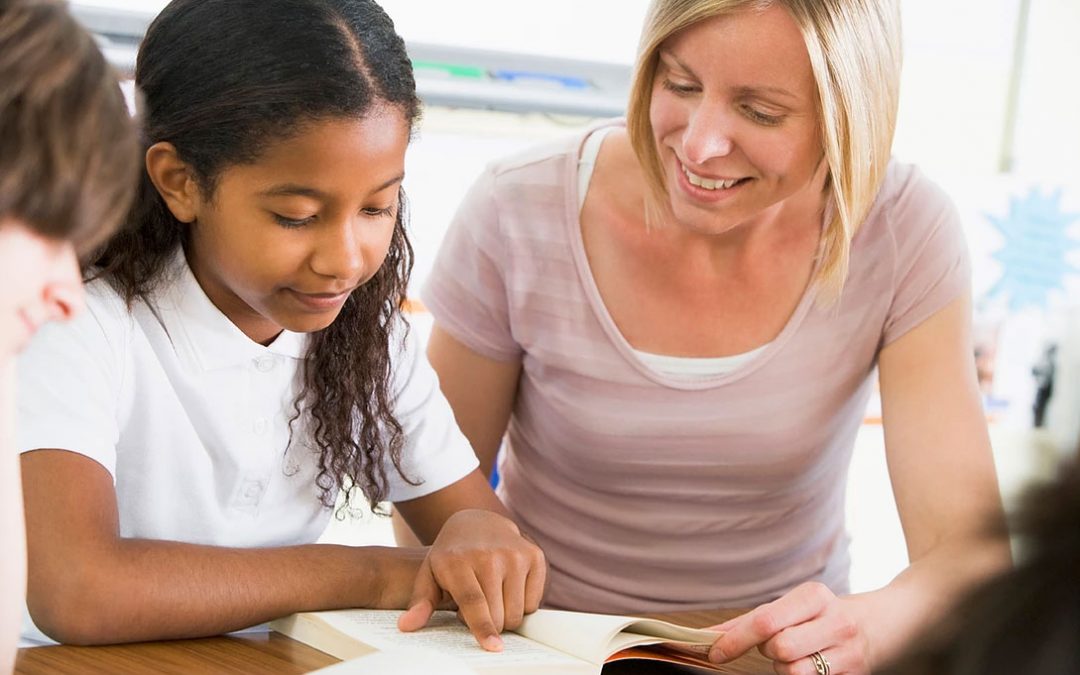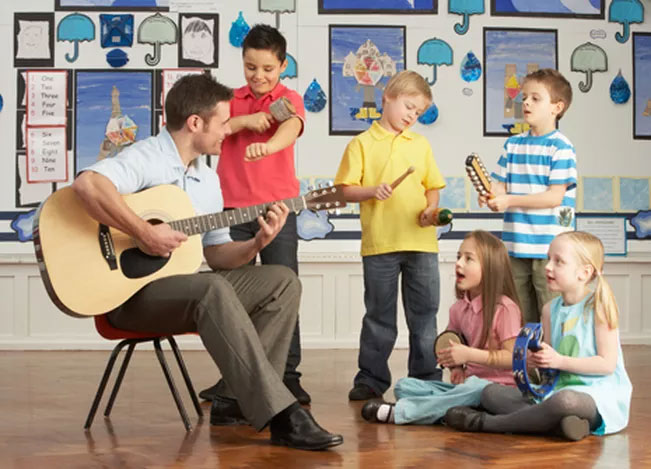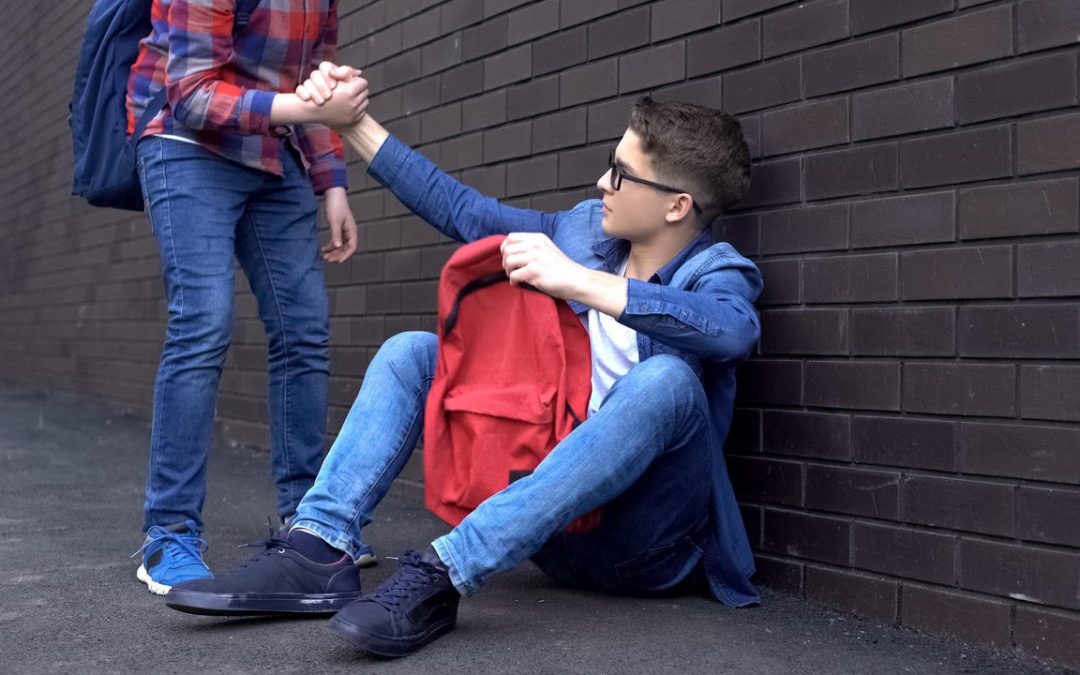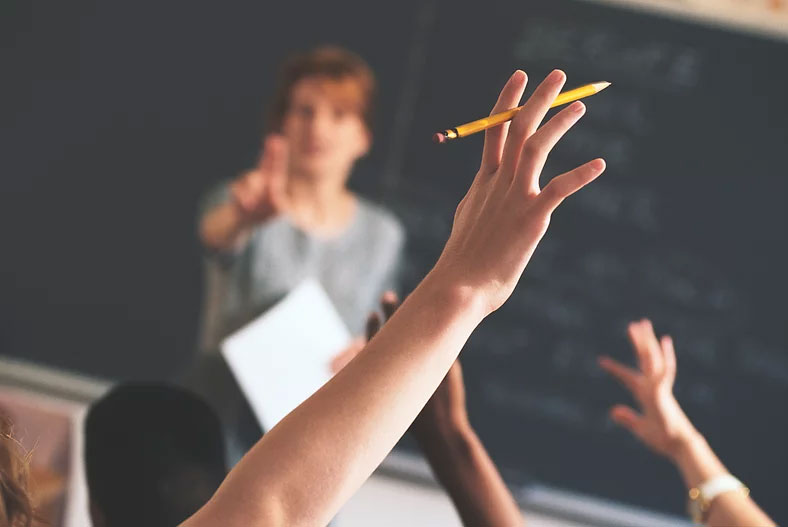
by Maurizio Vespa | Apr 25, 2018 | Education
When I completed my high school studies, I wanted to get into acting or take up electrical engineering and instead I fell into teaching. Quite a logical thing to do!!!!
My parents even advised me to rethink my career in teaching.
Teaching was never a profession I had envisaged taking up. However, I am so glad I did, because it directly contributed to the person I am today.
So, did I have what it takes to be an effective teacher? YES… I believe so… and was I good at teaching? YES… I was. Did it come naturally for me? NO…. it did not. Did I have to work hard? YOU BET I DID.
The hours preparing lessons went on for years. Even after 20 years, I was still writing lesson plans and preparing a variety of activities to ensure that students were engaged in learning. There was always that spare activity up my sleeve, in case things backfired, which happened many times.
It is unrealistic to think that we can always be in total control of the classroom, however, we are in a far better mindset, when we believe that we have the capability to manage situations when required.
Anyway, the reason for this blog, is to share some tips on managing the classroom environment. Like clothing that is passed on from one sibling to another, I would like to pass these ideas from great teachers who shared and taught me. There are strategies that I was taught when I completed my Diploma in Teaching and others I picked up from reading about Choice Theory by Dr William Glasser, and Human behaviour by Dr Rudolf Dreikus, plus Cornwell University’s, Therapeutic Crisis de-escalating Intervention strategies. Of course, the best strategies came from observing teachers and colleagues while at work.
1. Move around the classroom while teaching
When I was in my very first teaching practicum at a school in Western Sydney, my supervising teacher made comments about a variety of skills that I had demonstrated during the lesson. One comment stuck in my mind. It was a comment referring to how I moved around the room while instructing and engaging students. It is easy to stand out the front and lecture or hide behind a desk or bench but when you move around the class, one can easily see what students are doing and it makes it easy to manage behaviour, while at the same time share information, plus ask and respond to questions.
2. Plan for the unexpected and the Student/s who may pose a challenge
The unexpected can happen in any classroom and over the 20 or so years, I have experienced way too many to recall. However, what I found useful was, when planning a lesson, not only did I focus on what I was going to teach, and how, as in the type of activities would I use, I would plan for how many and how long would each activity last and most importantly planning for the students that I had in my class. Within each lesson plan, I would be thinking of the students in my class and what activities best suited their learning styles, allowed them to be successful and focused.
The reason for this is because sometimes a child’s behaviour is communicating that the work is too boring not challenging enough!!! or that it’s too difficult and so they feel inadequate and do what they can to avoid doing the work. Hence, they will be distracted and try to distract others. Ultimately, the student hopes that you will do something to put them out of their discomfort. Usually, it results in isolation in or outside of the classroom and maybe outside the office of a senior teacher. An outcome, which the student was hoping for, to get out of doing challenging work. Therefore, let’s for moment reflect on who is in control in this situation. If the student is seeking to be removed, is it the teacher or the student in control. Who really gets what they want?
3. Prompts can be very helpful to the teacher
As a teacher we tend to do a great deal of talking. It is valuable to stop ourself from scolding and lecturing and I learnt that some situations can be managed without having to say to much. In fact, you do not have to say anything to manage and prevent situations from escalating. As a student in the classroom, the teacher I admired the most often said very little when correcting or redirecting students back to the task. They would often look at you, nod their head with approval or disapproval, sometimes raising their index finger up to their mouth to indicate that silence was required or pointing to their ear to suggested that I needed to listen, and it was very effective. So, these non-verbal prompts can be so useful in a classroom.
4. A caring comment goes a long way
If a student senses that the teacher does not like them you have a tough job ahead of you. Hence, it is easy to be distracted by misbehaviour, to single a student out and to be convinced that there is no way of getting through to a child. However, it is possible to shift this negative thinking by looking for moments when that child can be acknowledged for their effort or positive behaviours. Genuine and caring comments can help to rebuild learning relationships and contribute to positive student behaviours. Comments like, 1. “You expressed your ideas and thoughts honestly and clearly in the writing task I gave you”, 2. “You managed to complete some difficult questions without seeking help today” and 3. “Your contribution is class was really appreciated”, 4. “I noticed were were not at school yesterday, I hope you are feeling better today”.
5. Collaborative help or hurdle help
The art of teaching involves explaining difficult concepts, showing students how to do things and then to practice a few times using a variety of activities to reinforce the concepts. Some students catch on easily, while others can still find it hard.
It is a common experience for teachers that when tasks are set for the class, there is always one or two students who find it difficult to commence. When they look at what they must do, and see others at work, they become anxious, possibly distracted and unable to start. The hurdle help approach is useful in the situation. The role of the teacher is to approach the student, sit with them and ask which question could they do together. Once you have collaborated with the student, the teacher instructs the student to select one question that they can attempt and let them know that you will come back to check it with them. This technique allows the teacher to monitor the students’ progress and to keep them on task. It is useful to ask the student, if there is a peer with whom they would like to sit with who can help when things get difficult.
6. Redirecting a student’s attention and using silence
When I did my first acting class, I was taught about the importance of speaking clearly and to be aware of my vocal tones or tonality. For teachers’ the tone of their voice is important to teaching. If a student is off task it is helpful to redirect that student and to do it in an authoritative and respectful way. Using statements such as 1. “May I remind the class, that this task will continue for ten more minutes, then I will invite students to share their answers”, or 2. “Please, keep in mind our class agreement about noise” and 3. “If a question is too difficult, move onto the next one”. 4.” If you have finished the task, use the link I provided you and explore the next task”. These are examples of redirecting statements that may assist with student management.
Another practice I found useful, is to ask the class for their attention in a respectful and assertive tone, then wait in silence for the students to calm themselves down. It may take time at first but eventually students will work with you. Especially when they appreciate the respectful way in which you seek their attention without having to single out students. Silence and waiting is very effective.
7. Using Proximity during lessons
In a previous point, I mentioned the importance of moving around the classroom during a lesson. Well proximity is a strategy that works well with movement and it has an immediate effect. These days most of my work is Professional Development workshops for adults. I like to use technology in the workshops as it saves paper and allows me to incorporate a variety of internet tools as part of the activities. However, adults like students, go off task, so when I move around the room sharing information, sometimes I stop at a table and immediately that person closest to me stops doing what they were doing. The same applies in our classroom. If a student is off task and being distracting, simply by moving and standing next to the student stops the behaviour. It does not draw attention to the student especially if you use your presences without commenting, scolding or lecturing the student.
8. Provide positive attention and ignore the negative
I would often explain to my students that they may observe times when I may not correct and single out a student but instead I may redirect the class to our classroom agreement. However, my ignoring the student’s behaviour does not mean that I will let it pass. I would explain to the class that rather than draw attention to that student, I will follow it up privately with them. However, in the meantime, I would refer the class to the attitudes and behaviours we had agreed to support and practise. Hence, if a student was distracting others I would ignore the negative behaviour but seek to get them back on task by focusing on a positive action. An example of the comments I may make are; 1. “I noticed that you are well prepared for working on the task I set”, 2. “Having a discussion with the person next to you may be helpful to both of you”, 3. “You seem to have everything in readiness to start this task, do you need my help”? If one encounters a student who feels that they are singled out more than others, this type on intervention, helps to de-escalate the situation.
9. Using directive statements
When students are working on an activity to keep students on task it may be necessary to direct a student’s attention to what is required of them, the amount of time they have and the impact if the tasks is not completed. Hence, directive statements raise awareness and is aimed at refocusing the student’s attention. Here are some examples; 1. “I am going to give you five extra minutes to finish off this task”, 2. It may be necessary to complete this task as part of your homework”, 3.” I will need to check what you have worked on before you leave this lesson” 4. “In 10 minutes, I will need you to show me what you have accomplished so that I can give you feedback”.
These suggested strategies are organised in no particular order but they can easily be used in combination with others. If at first, they do not have the impact that you desire, it does not mean than they have failed, try another and come back to it again.

by Maurizio Vespa | Jan 2, 2018 | Education
The end of year school holidays cannot come quick enough for some teachers. However, as soon as the festive season is over, the “Back to School” items appear on department shelves and the mixed feelings, thoughts and emotions begin to surface. From my own experience, it was thoughts of “where did the time go”? Really, is it that time again?
Yes, I knew very well, the work that was ahead of me but I also knew that how I begin the year with my students, inevitably sets up how and what the new year would feel, look and sound like for the students and myself.
So, as the teacher, “What am I responsible for at the start of this school year”?
1. Establish a classroom learning agreement
Firstly, in collaboration with your students you need to establish a classroom learning agreement. Create a list of classroom expectations, no more than seven to ten, that are practical, realistic and that each person is able to commit too and manage. Type these up and hand them out at the start of our next lesson. Discuss with them, if we need to add or make changes to our agreed list. You inform the class that we will review our agreement mid way through the school term and at the start of each subsequent term.
2. Set up a “Fear Free” learning environment and celebrate mistakes
To create a learning environment that is safe to make mistakes, is important, so it is helpful to share your thoughts about “fear” and “failure” with students. Fear, does nothing to assist learning and it does not contribute to positive learning relationships. Therefore, if any student enters your class and is in anyway fearful or scared, then we are responsible for working with that student to explore ways of dispelling that feeling.
If students make mistakes or fail at first attempts, it means they have made an effort, they have “had a go” and confronted the challenge. Hence, we still take away learnings from the experience. Our role is to provide extra opportunities and support for the student to re-attempt the setbacks again until they feel confident. Fear is debilitating and failure makes people feel shameful, neither is healthy in the classroom.
3. Be mindful of the language and tone
The tonality of your voice and the language you use with students is critical in setting up the learning space. A calming, confident and assertive tone contributes to positive feelings, safety, security and a respectful interactive atmosphere. A great practice is to greet the students when they come into class, and when they leave at the end of a lesson. Statements like, “ good morning”, “welcome everyone”, and as you end the lesson, “enjoy the rest of your day” are uplifting. These positive and respectful comments, contribute to positive learning relationships.
Language that is aggressive, sarcastic, disrespectful and impacts on the dignity of a person is damaging to the creation of a positive classroom climate. Therefore, when you need to get the students attention, use a respectful tone and refuse to shout instructions over people. If and when, you require the attention of students, wait patiently, until it is given to you, and thank them for respectfully working with me. The behaviour you model is the behaviour you would like your class to reflect.
4. Be predictable with your moods
In my 30 plus years working in education, I have experienced more and more students with signs of mental health and trauma related issues. Anxiety is at the very top of my list.
This point follows on from number 3 and for students with anxiety, being predictable in our moods helps students to remain and feel settled. It is perfectly OK, for you to feel annoyed, upset, frustrated with situations that may arise during the lesson etc. It is also OK for you to communicate that you are not happy with the level of noise, or the distractions etc, etc, etc. However, it is not Ok, to take it out our hurt and place it onto students because it will make me feel better or it allows me to assert my authority and regain power and control.
How we express my emotions, and the manner in which we do it, teaches and models to our students how it is respectfully carried out. If our daily mood is unpredictable, it can heighten anxiety levels and effect a student’s ability to engage socially and in the learning process.
5. Transparent and clear student management process
Talking with students about your expectations and classroom management style is helpful because it places them at ease. Being clear (transparent) and consistent with students contributes to a calmer space and helps build learning relationships and engagement. It is always helpful remind students of our agreed classroom expectations. Then if necessary explore ways to manage situations by using de-escalating intervention strategies such as redirecting students back to their work or onto a different task. At the completion of the lesson, you may ask a student, time permitting, to have a conversation with you about what was happening during the lesson but if it is not possible, ask them to catch up with you during a break in the day.
It is helpful to constantly remind yourself, that whenever you take the time to correct a student’s behaviour, it empowers you. It also holds the student/s accountable and allows them to be engaged in a conversation with you.
When you engage in a conversation with students to explain their inappropriate actions or behaviours, you are implementing a natural consequence. This conversation, however, needs to focus on exploring respectful and appropriate actions and behaviours. Hence, you are teaching and modelling what is acceptable behaviour, you are also contributing to building resilience by topping up emotional and self-regulatory skills.





Recent Comments